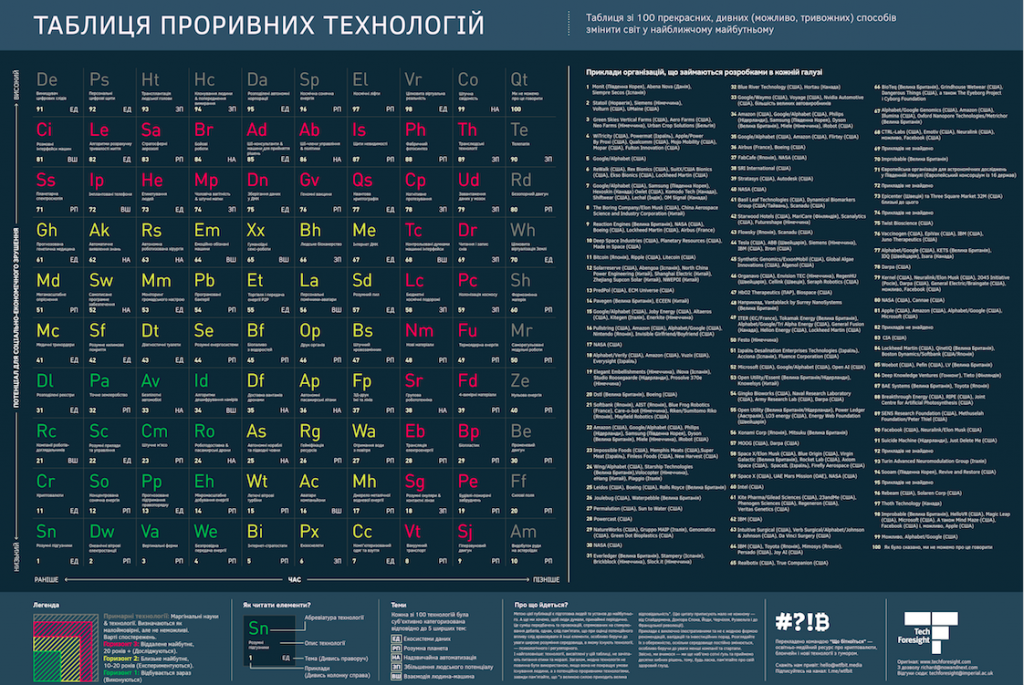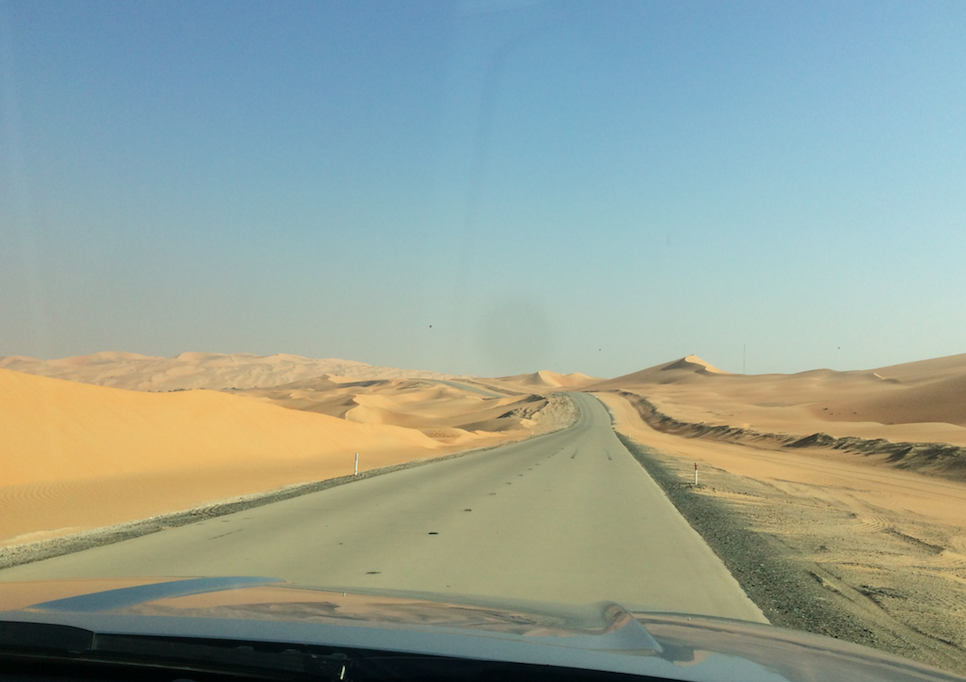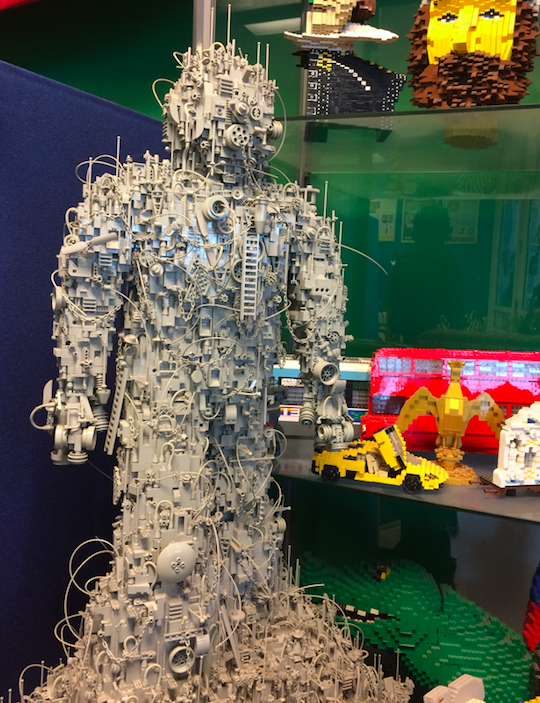
You’ve heard of the Internet of Things (IoT), where things that were once static and generally lacking in any form of intelligence ‘wake up’ and become somewhat aware of who they are, where they are and what condition they are in. This links with Big Data and predictive analytics, where objects generate data about themselves, and talk to other objects. As a consequence, many things that were once hidden, opaque or private become observable, verifiable and perhaps tradable.
One consequence of the IoT is that physical objects start to have digital doubles and start to dissolve into a spectrum that is neither wholly physical nor wholly digital. This is a world in which ‘real’ and ‘virtual’ start to lose clear meaning and where companies that were once purely in the business of selling physical products start to be involved with data, information and added value services.
For example, if you connect a pair of shoes to the internet they can start to generate data. They can record their ‘mileage’ so to speak, advise us when they need to be booked in for shoe repair (or do this themselves) or even diagnose certain medical problems, something that could be more valuable than the shoes themselves. Similarly, if you connect a floor or a carpet to the internet it can recognise people that walk across it or recognise when someone it knows falls down and doesn’t get up, which might trigger a call to a neighbour or the ambulance services.
What might such developments mean for money and banks?
First of all, let’s not get too ahead of ourselves with digital or connected money. According to De La Rue, the banknote printer, 85% of all transactions globally are still cash and while central banks and large companies might delight in the idea of a totally digital and frictionless future, many ordinary people prefer the anonymity and security of physical money. But what if money was to become fully digital and smart? For instance, what if you could program money to achieve certain social or political goals?
Allow me to elaborate.
In a smart future, where money becomes intelligent, my money will know where it is and whether it should perhaps be somewhere else. My money would have the ability to move itself around, either with or without my direct control, seeking better interest rates or responding to current and future needs.
This happens already with trading algorithms, but I’m talking about ordinary savings and cheque accounts. At a basic level, my money will know what I’m buying and when I’m likely to need something else. It would know, for example, when I’ve bought a car and could talk to it about it’s likely lifespan and forewarn me of the need to save to buy another.
Similarly, tax could become real time. No more annual tax returns, instead tax could be removed at point of purchase, as it is already with sales tax. But, and here’s the clever bit, with smart tax paid in real time, governments could vary the tax paid on particular items according to observed spending patterns, lifestyle choices and government policies. So, for example, the tax on a packet of cigarettes might be 50%, but if I try to buy another packet on the same day the tax on the second packet might rise to 90%. Tax becomes dynamic.
Insurance would similarly become more predictive and more individually tailored too. Rather than being sold annually, it might be sold by the minute based upon real time data and intelligence about risk. So, if I park my new car in a secure garage the payment goes down, but if I park it in the street outside a known trouble spot at 3am the cost would rise. Hence, companies that were once in the risk recovery business would become more involved in risk reduction. In other words, what’s happening with healthcare – a shift from disease cure to disease prevention – would happen within insurance.
Credit cards, debit cards and phone based payments could all become programmable in a smart future too. Parents could limit where and when their children spend their money, locking off certain times of day, certain product categories or certain geographic locations. You could even program a credit card to change colour if it was being used incorrectly or a credit limit had been reached.
But here’s the really good bit.
Not only could money be programmed by governments to achieve social goals. Money, or private currencies such as Bitcoin, could be issued and controlled by its community. So, a currency could, in theory, collect its own data and apply its own rules about how it is being held, how it is being spent and how it’s sold or exchanged.
So, in the future you may not be able to use Bitcoin in KFC restaurants, not because KFC doesn’t accept Bitcoin, but because the Bitcoin community doesn’t accept KFC for some reason. Or perhaps the Bitcoin community will not allow you to buy products produced by certain countries or even certain individuals.
In other words, you combine the idea of shareholder activism, with ethical capitalism and conviction brands to create currencies that bypass traditional business models and methods of exchange.
But we might stretch this idea even further. If money became smart and was represented by an avatar on your phone, we could have conversations with it. We could argue with our money, much in the same way that we argue with our bank manager at the moment.
We could ask our money to model various financial options for us or track the reliability of its advice. This happens already, to some extent. Travel websites use AI to track the cost of flights and offer advice to their customers as to precisely when they should buy a plane ticket.
Something else that’s starting to happen, which I’m quite excited about, is Explainable AI, which we should think of as an offshoot of Blockchain. As AI becomes more sophisticated and we trust machines to make important life decisions for us, it’s important that we are able to interrogate it, not only about decision histories, but potential biases too. To my mind this links to a number of societal trends such as the decline of trust in some societies to peoples’ thirst for transparency, narrative and provenance.
Where things come from, how they are made, by whom and when is emerging as important in many areas and digital is not immune. Indeed, digital provenance is in some ways more important than physical provenance due to the secrecy that currently surrounds so many of the algorithms that why now rely on.
Another idea that’s starting to emerge is the idea of lifelong digital assistants. These are AIs that grow up alongside us and know our needs, wants, behaviours and desires better than we know ourselves in some instances.
A lifelong personal assistant could make important decisions for us, such as advising us on when to buy a home or start a pension. It could talk with us, but also with other AIs owned by banks or other service providers. This is a future where AIs sell to other AIs and filter information, offers and advise on our behalf.
One further spin-off from this idea might be a kind of merger between wealth and health. If an AI had not only data relating to our income and savings, but also data about our genetics, our medical histories, our daily exercise routines, our eating and sleeping patterns and so on, it could make accurate predictions about how and when we’ll get sick in the future and might offer suggestions as to how we might pay for future treatments. This is potentially where Google is going in my opinion, or at least where Google would like to go if we allow it – a data driven platform that controls our entire lives from birth to death.
But back to banks. Why should advice and financial forecasting be limited to loans, pensions or even healthcare? Why can’t my bank advise me on university courses, career changes, holiday plans…anything at all that has financial implications?
To some extent this is precisely what banks used to do, certainly in the UK. A generation or two ago, bankers in the UK were among the most trusted members of the local community. You might even discuss a marriage proposal with your local bank manager.
Maybe we’ll go back to this future, but only if we can align a few things, some of which banks can control and some they can’t.
First, we need total security. Without digital trust nothing works and the digital transformation grinds to a halt. Money, at its core, is a trusted way to store or exchange value. If this trust collapses, people will use other things, most likely other physical things such as gold to store or transmit value. You might argue this is already happening and explains much of the asset inflation in things like real estate in places like London.
Second, banks need strike a balance between collecting enough customer data to provide useful personalisation and prediction, but do not collect so much data as to undermine individual privacy.
Thirdly, data ownership. We need to agree whose data this is. Is it mine, is it yours, is it shared or does it belong to someone else? Should private data be treated as fundamentally private, a public good or commodity that can be traded for profit?
Personally, I believe that if my actions create data that’s valuable to someone then I should be paid for it in some way or at the very least have an open and fair discussion about what I will receive if I surrender it. Having said this, I do agree that private data might by default be surrendered if it improves general wellbeing.
A fourth and final challenge is the nature of complex systems that underlie the technologies and inventions such as the ones I’ve been suggesting. If we start connecting everything then anything is vulnerable to disruption. So, not so much an Internet of Things as an Internet of Things to be Hacked and generally disrupted.
Complex systems can suffer catastrophic failures and we need to guard against a situation where connectivity creates new systemic risks or increases the attack surface for potential troublemakers. The global financial crisis of 2008 was, to my mind, partly caused by banks being too connected and by risk being too networked throughout the entire global system. (BTW, if you think the crash of 2008 won’t be repeated, I beg to differ).
Another risk worth thinking about is that in the rush to provide digital services for a new tech savvy generation is there’s a real danger that we could end up ignoring or badly serving older and less tech savvy people. This comes backs to the fact that 85% of transactions globally are still cash.
Digital payments are fast and convenient, but physical banks are still a great way to create and defend a brand. With basic transactional banking, speed and convenience are probably is the only factors that matter beyond cost. But with more valuable and more complex transactions I still believe that some people will always prefer to deal with people face to face, especially if economic circumstances are uncertain or unfavourable.
That’s more or less all I have to say, except that I think non-bank competition will increase and I think we’ll see more non-bank lenders offering hyper-personalised loans based not only upon interest rates, but upon personal interests and beliefs.
For example, in the UK veganism (the militant wing of vegetarianism) is a growing trend. There is even a case before the law courts at the moment to establish whether veganism might be considered a philosophy, in which case vegans might be given certain rights. So how about a vegan bank? More likely, how about a peer-to-peer online lender that only lends to vegans and only invests in vegan friendly companies?
If you think that is a little crazy, I have 3 other ideas for you that are possibly even more improbable, but not totally impossible.
My 1st idea is what if a bank, a loan provider or even a national currency gave people data about not only what they are spending but why they were spending? What if a bank or a government were to conduct psychological profiling against my spending patterns to determine why I’m buying certain things and offer advice as to whether I’d be better off spending my money in other ways (again, a link to a government’s social goals and priorities).
My 2nd idea is what if a government or central bank published data about what individuals, companies or organisations spent money on? What if every single transaction that an individual or an organisation made each year was published publically? How might their behaviour change as a result? Would we become better people?
My 3rd and final idea is giving money a use by date. If a central bank is trying to stimulate the economy one way of doing this is obviously interest rates. Another way is negative interest rates. But another idea might be to print ‘use by’ dates on bank notes or invent a digital currency that disappears over time. In other words, people would be penalised if they simply hoarded their money.









